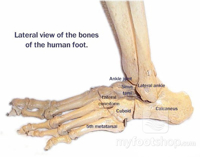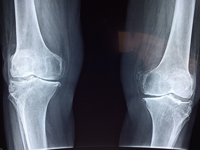Can a Lateral Sole Wedge Insert be worn with a Prescription Orthotic?
Lateral Sole Wedge Inserts are used and recommended to limit supination of the foot. Excessive supination leads to biomechanical overload of the medial knee making patients prone to early-onset osteoarthritis of the knee. By lim...










